Teaching students multiple strategies to solve math problems and letting them choose the strategy that works best for them fosters independence and understanding. Having a set of multiple strategies to pull from and being able to choose their own method to solve problems, helps students understand why it works and how they can use each to solve other math problems.
TEACH MATH STRATEGIES WITH INTENT
Teaching students math strategies are fun and can be simple. Plan ahead! First, choose the strategy you would like to use based on the development level of students. All strategies provide support for problem-solving, but some can be more helpful than others. It depends on the students' developmental level. After you choose the strategy, introduce it. You can choose a poster, a video, or create an anchor chart.
As a whole class, apply the strategy to solve math problems. Displaying the math strategy while solving the problems scaffolds students' learning visually. Choosing math problems that students can solve easily is key for your first mini-lesson. For example, in Kindergarten, I begin with a quick "hook." I give my students a concrete representation of addition. Students can share their understanding of the visual addition problem out loud by sharing their thinking process of how they solve for the sum.
Also, teaching math strategies explicitly adds rigor to students' math vocabulary. Teaching math vocabulary explicitly during each mini-lesson helps students gain insight and they can better express their process when they share out loud.
I introduce math strategies explicitly during the school year. I have taught multiple math strategies in many different ways throughout the years. Each year is a little different as I adapt my lessons to my students' learning abilities. Most often, I introduced each strategy in a whole group setting and then we apply the strategies in our math groups throughout the school year.
As we move through the school year, students tend to choose the math strategy they feel most comfortable with to solve problems. The beauty of this is that I can see students' different levels of thinking as they work independently to solve math problems. It's wonderful to see, in action, the different ways in which students think and learn!
I empower my students to work independently during math because I teach them a variety of math strategies that they can pull from to solve problems.
Do you teach explicit math strategies in your classroom? If so, I would like to hear your ideas in the comments below.
If you would like to see the different math strategies I have used in my classroom to teach students to solve problems click on the images.
ADDITION POSTERS
ADDITION POSTERS






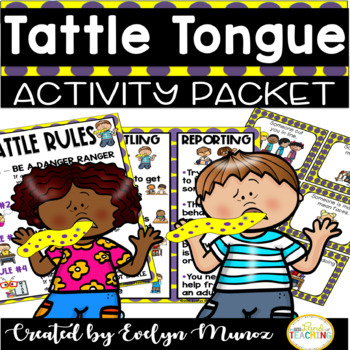
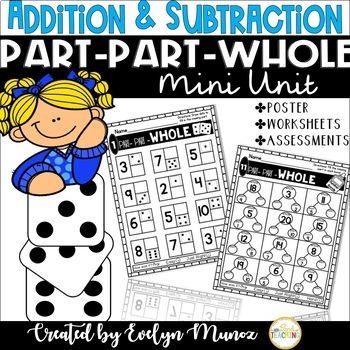

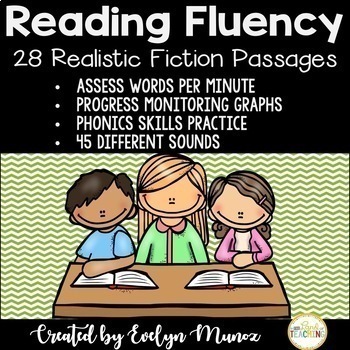
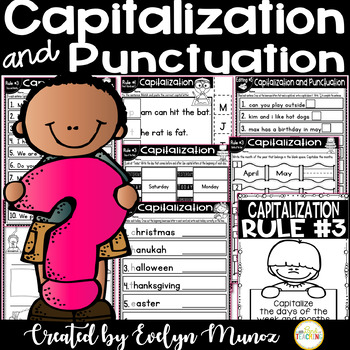
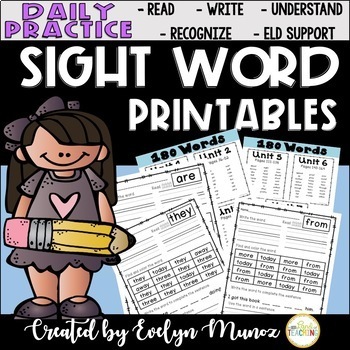
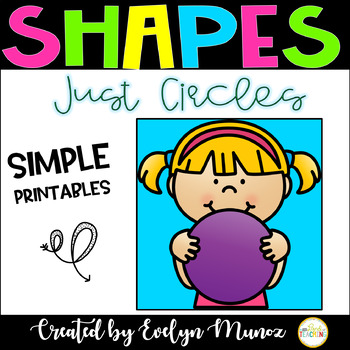
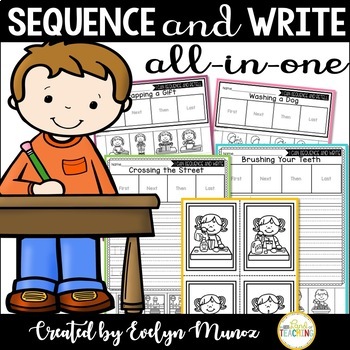
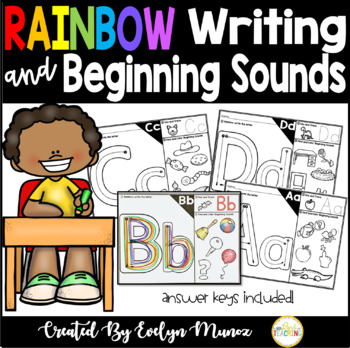
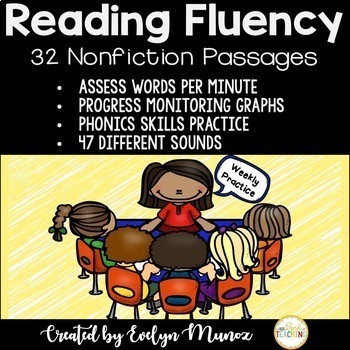
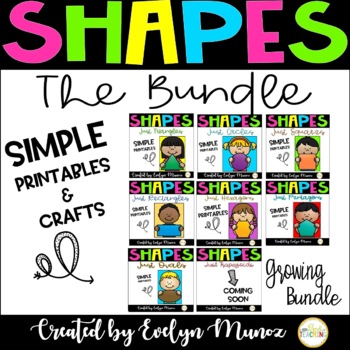
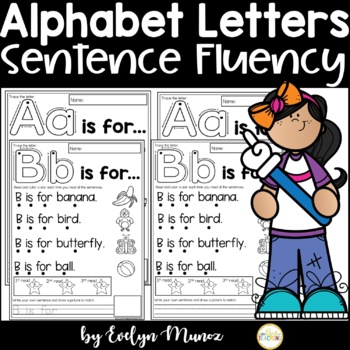
No comments
Post a Comment